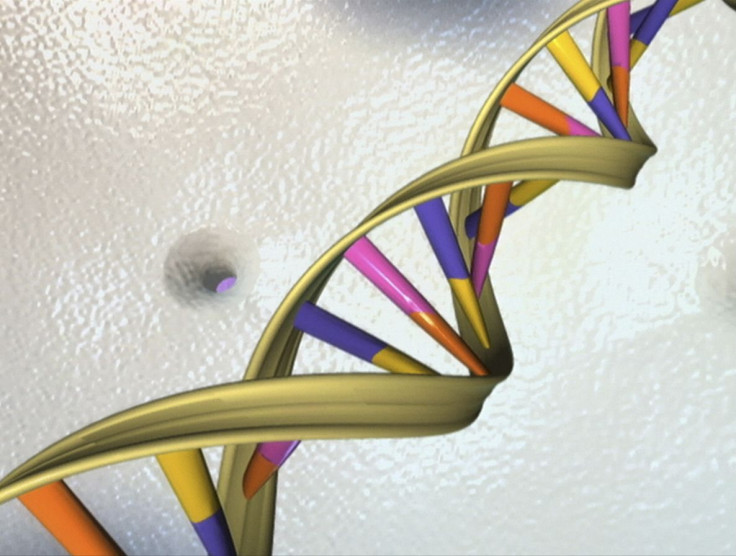What Is Gene Editing? First Human CRISPR Cancer Patient Receives Injection In China

Researchers in China injected genetically spliced cells into a human patient for the first time last month hoping that they may see a breakthrough treating an aggressive form of lung cancer. The cells were altered using so-called CRISPR-Cas9 “scissors,” which let scientists target specific problem genes in a DNA strand and remove them from the genome.
The injection into the patient was made on Oct. 28 as a part of a clinical trial at the West China Hospital in Chengdu, according to reports published Tuesday. For the trial, the researchers removed immune system cells and then altered them so that they would ignore a natural protein that stops immune cells from targeting cancer.
Researchers told the science journal Nature that they believe clinical trials of genetic scissor techniques could spark international competition between China and the United States similar to the space race that defined much of the Cold War.
"I think this is going to trigger ‘Sputnik 2.0’, a biomedical duel on progress between China and the United States, which is important since competition usually improves the end product,” Carl June, a lead researcher on a previous test of the technology and an immunotherapy specialist at the University of Pennsylvania in Philadelphia, said.
American tests, on the other hand, were approved in June by a National Institutes of Health advisory panel that gave the go-ahead to test the technology on three types of cancer. Those studies are funded by tech billionaire Sean Parker and his institute to combat cancer.
While the news from China is good for CRISPR proponents, there remain outstanding concerns about unintended consequences from the medical technique. Perhaps the most concerning for scientists is the potential for “off-target effects” in which cells mutate in a way that was not intended or in parts of the genome that were not targeted by the scissors.
© Copyright IBTimes 2024. All rights reserved.





















